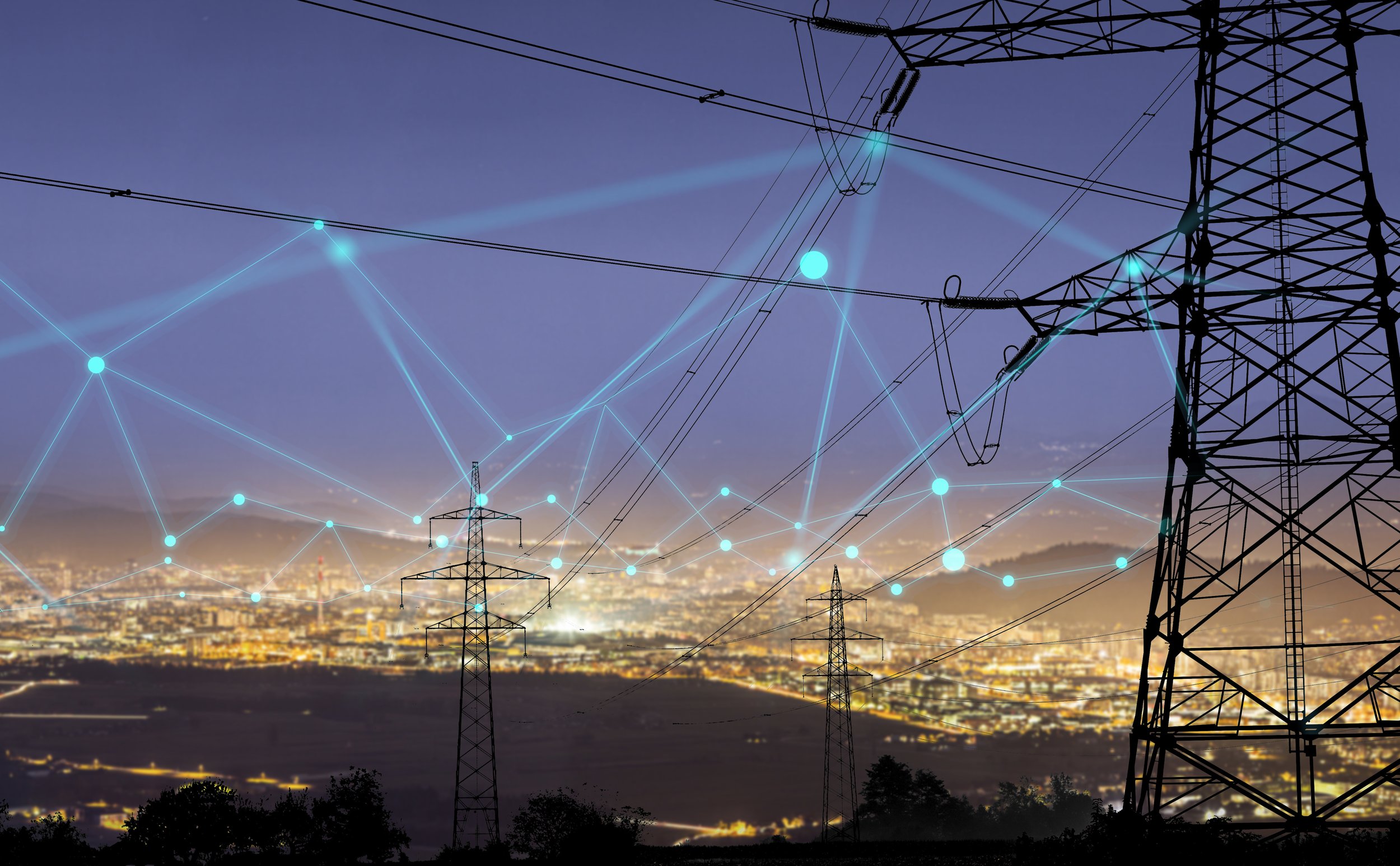
Smart Data from the Grid Edge
Network challenges and DER
Nexbe’s response to the multiple challenges network operators face as they navigate the evolving landscape of energy systems is to design advanced metering infrastructure equipment that provides valuable data from the grid-edge.
Trials are underway to demonstrate Nexbe’s integration and control of solar PV and battery systems, electric vehicle charging systems and the energy transition underway in the displacement of gas as a heating resource.
With the uptake of Distributed Energy Resources (DER), ensuring real-time network management at low voltages becomes essential to avert network instability, voltage fluctuations, and harmonic distortion.
Obtaining real-time data from end-users - processed at the meter - is now possible without the cost and time delays of uploading data to the cloud. Multiple parameters may be set with analysis triggers to notify operators of out of bound results and threshold excesses.
Nexbe design drivers
The trend, reported across multiple jurisdictions, is for increasing electricity demand, especially due to the electrification of sectors like transport and heating, as well as new loads like data centers. This leads to ‘‘peakier”' load profiles and the need for additional grid capacity.
The transition from fossil fuel electricity generation to intermittent renewable generation creates challenges in balancing supply and demand and maintaining grid stability.
The grid is becoming more decentralised, with high levels of distributed energy resources (DERs) such as solar panels, battery storage, and smart devices. This shift to a two-way energy system poses challenges for system operators.
Managing the significant increase in peak demand associated with electric vehicle (EV) charging, which requires additional grid capacity and changes to grid operations.
Delays and backlogs in the interconnection queue for renewable energy projects in the grid operator's system, hindering the market's share of clean energy generation and delays to climate targets.
Nexbe believes that these challenges highlight the need for enhanced grid management, greater grid flexibility, and investment in grid infrastructure to support the energy transition towards a more decentralised and renewable-focused system.
Providing real-time access to important data - processed locally or in the cloud - remains a key driver for Nexbe metering infrastructure design.
Please contact us to discuss how our metering software can be adapted to suit your specific network requirements.

